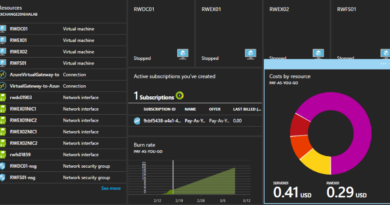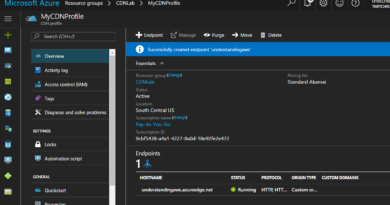What is Azure Automation DSC?
A common problem that many IT professionals face is maintaining consistent configurations of servers across the enterprise. Deploying servers and maintaining a consistent configuration can be difficult at best. Azure Automation DSC is a toolset that addresses this problem.
Azure Automation Desired State Configuration (DSC) allows IT professionals to deploy servers across the enterprise with a consistent configuration. In addition, Azure Automation DSC allows for the automatic update of all servers to a consistent (or desired) state. For example, if all servers in a particular location need IIS installed, Azure Automation DSC can ensure that IIS is installed and stays installed on those servers – automatically, and from the cloud.
Built on PowerShell DSC technology, Azure Automation DSC can maintain consistent machine configurations across both physical and virtual machines, whether they are in the cloud or on premises – and it can do so for both Windows and Linux machines. Rapid configuration changes and consistent control is made possible with Azure Automation DSC.
Azure Automation DSC allows the IT professional to author PowerShell DSC Configurations, import the configurations into Azure, and then generate DSC Node Configurations (which are MOF documents) that are applied to machines that have been configured as DSC Nodes. Theses configuration items are stored on the Azure Automation Pull Server so all target nodes can be automatically configured.
Key Azure Automation DSC Terms
You should be familiar with a few key terms before working with Azure Automation DSC. Knowing these key terms and how they are related, will help you better-understand the entire toolset.
Configuration
Configurations are a concept introduced with PowerShell DSC that allow you to define a desired state of your environment using PowerShell syntax. Configuring the environment requires the definition of a Windows PowerShell script block using the configuration keyword, followed by an identifier, and then braces ({}) to delimit the block.
Click here to join the Understanding Azure Facebook group or here for the latest Azure practice questions, answers, explanations, and reference materials.





